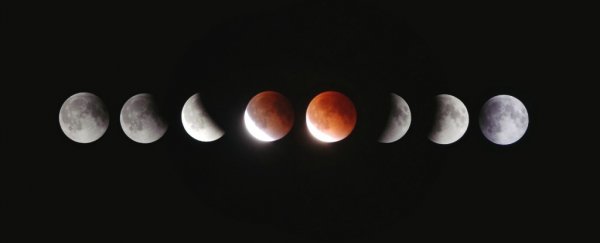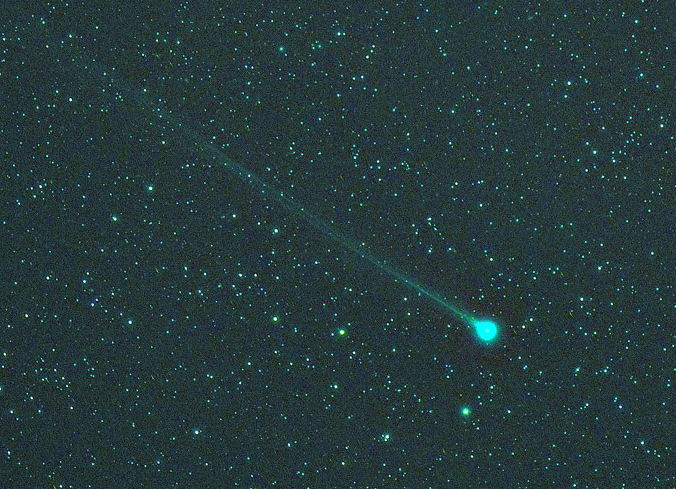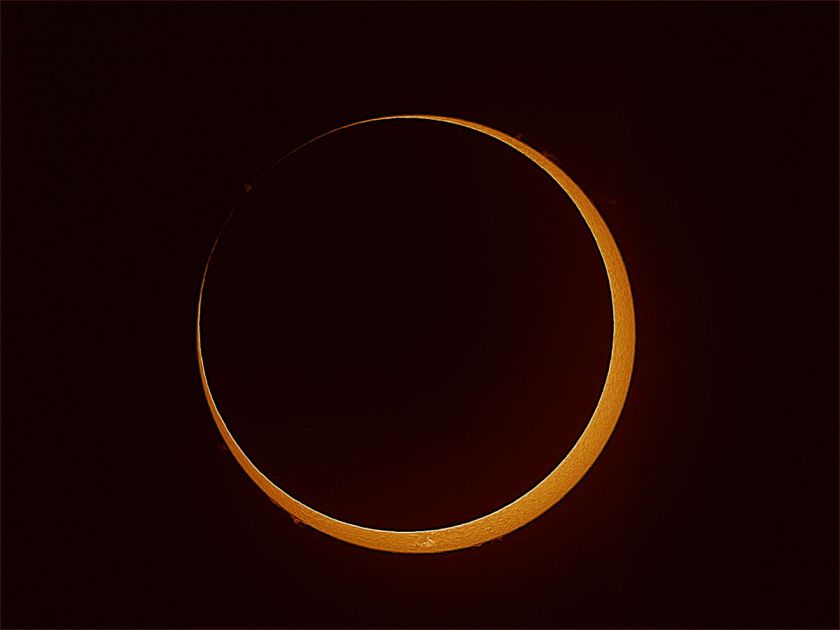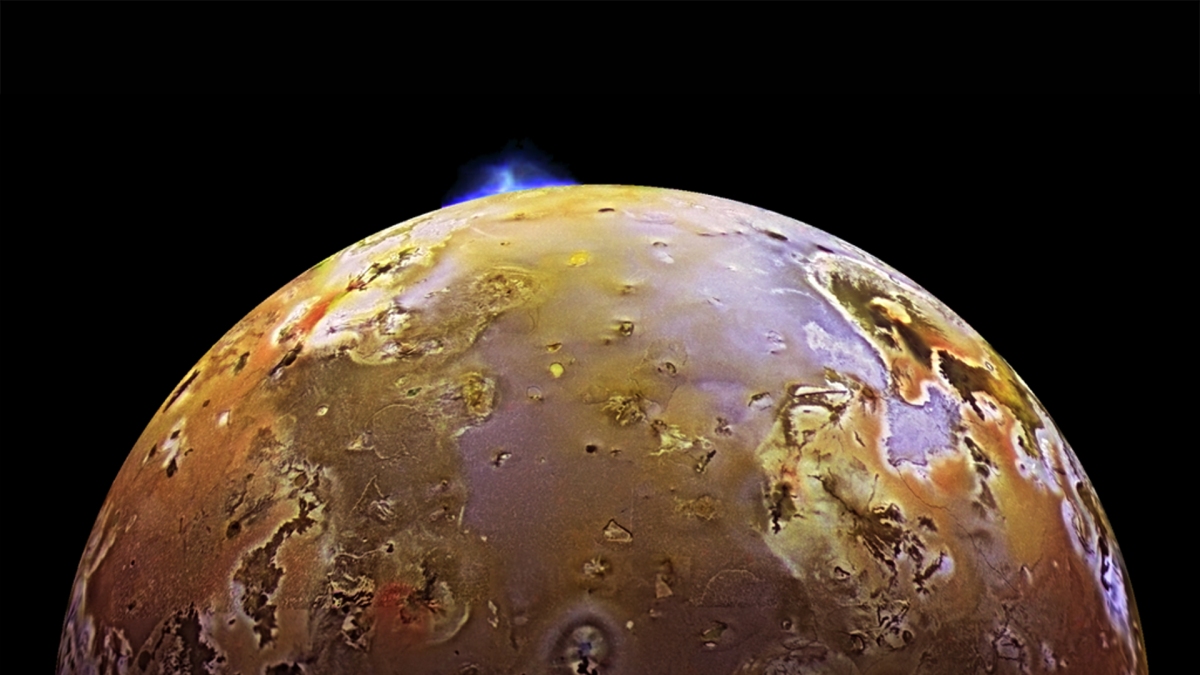Your daily selection of the latest science news!
According to ScienceAlert (This article and its images were originally posted on ScienceAlert July 17, 2018 at 09:20PM.)
Huge swaths of Earth are in for a special astronomical treat in late July: the longest total lunar eclipse in roughly 100 years.
During the early morning of July 28, Earth will pass between the sun and the moon to cast a shadow on our 4.5-billion-year-old satellite.
Earth’s shadow isn’t a dull grey, though.
It ranges from orange to an eerie blood-red hue if you’re right in the middle, which is precisely where the moon will be this time around.
Here’s that works.
How a total lunar eclipse colours the moon red
A total lunar eclipse and a total solar eclipse are similar, if not the reverse of one another, but their appearances are significantly different.
During a solar eclipse, the moon passes between Earth and the sun to cast its shadow on our planet. The shadow is colorless because the moon has no atmosphere to scatter or refract any sunlight.
Earth, of course, is a different story.
Our planet’s nitrogen-rich atmosphere takes white sunlight, a mix of all colours of the spectrum, and scatters around the blue colours. This makes the sky appear blue during the day and the sun yellow.
Around sunset and sunrise, the light reaching our eyes has been more throughly scattered, so much that blues are nearly absent. This makes the sun and its light appear more orange or even red.
Roughly 386,200 kilometres (240,000 miles) away at the moon, the Earth would look quite stunning as the same air, like a big lens, refracts that tinged light toward the full moon.
“If you were standing on the moon’s surface during a lunar eclipse, you would see the sun setting and rising behind the Earth,” David Diner, a planetary scientist at NASA’s Jet Propulsion Laboratory, wrote in a blog post.
“You’d observe the refracted and scattered solar rays as they pass through the atmosphere surrounding our planet.”
The Earth, Moon, and Sun during a total lunar eclipse. (Shayanne Gal/Business Insider)
This is why lunar eclipses are orange-red: All of that coloured light is focused on the moon in a cone-shaped shadow called the umbra.
The moon is also covered in ultra-fine, glass-like rock dust called regolith, which has a special property called “backscatter“.
This bounces a lot of light back the same way it came from, in this case toward Earth (Backscattering also explains why full moons are far brighter than during other lunar phase.)
So, when we’re looking at the moon during a total lunar eclipse, we’re seeing Earth’s refracted sunset-sunrise light being bounced right back at us.
The red colour is never quite the same from one lunar eclipse to the next due to natural and human activities that affect Earth’s atmosphere.
“Pollution and dust in the lower atmosphere tends to subdue the colour of the rising or setting sun, whereas fine smoke particles or tiny aerosols lofted to high altitudes during a major volcanic eruption can deepen the colour to an intense shade of red,” Diner said.
Where and when to see the total lunar eclipse
If the weather cooperates, most of eastern Africa, the Middle East, and central Asia should see the full and total lunar eclipse. Scientists in Antarctica should also have a great view.
Europe, eastern Asia, Australia, Indonesia, and other regions will also enjoy a partial lunar eclipse, where the moon passes partly through Earth’s shadow.
Western Australia will be the only Australian state to catch the entire eclipse.
Here’s when to catch it in Australia (times in AEST):
- 3:14am: The penumbral eclipse begins when the Earth’s penumbra starts to touch the moon.
- 5:30am: The total eclipse can be seen when the moon is fully red.
- 6:21am: Maximum eclipse.
- 7:13am: Total eclipse ends and moon will set in the west-southwest.
Where the total lunar eclipse will be visible. (Fred Espenak/NASA Goddard Space Flight Center)
You can still watch on a live webcast, though, if you’re located elsewhere.
Continue reading… | Stay even more current with our live science feed.
- Got any news, tips or want to contact us directly? Feel free to email us: esistme@gmail.com.
To see more posts like these; please subscribe to our newsletter. By entering a valid email, you’ll receive top trending reports delivered to your inbox.
__
This article and its images were originally posted on [ScienceAlert] July 17, 2018 at 09:20PM. All credit to both the author DAVE MOSHER & SHAYANNE GAL and ScienceAlert | ESIST.T>G>S Recommended Articles Of The Day.









